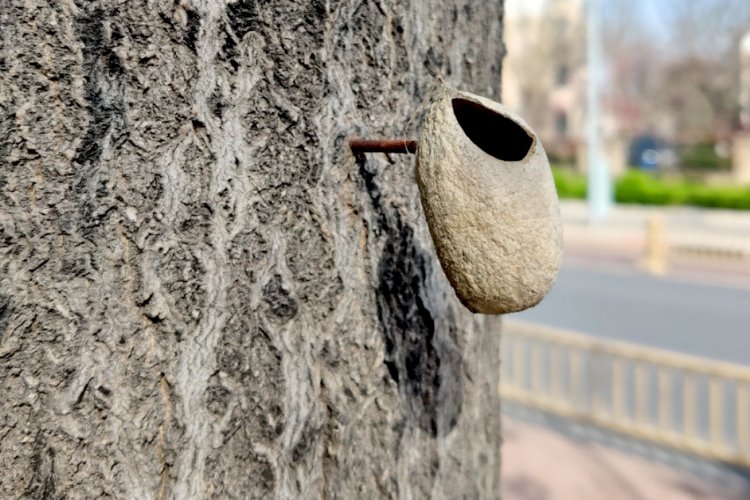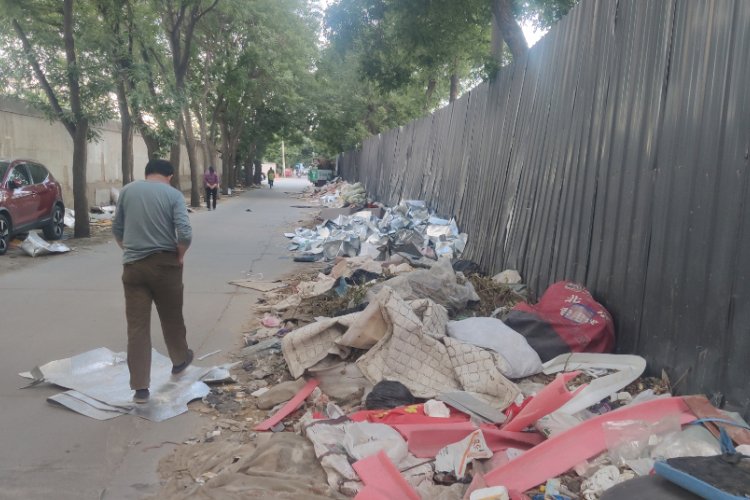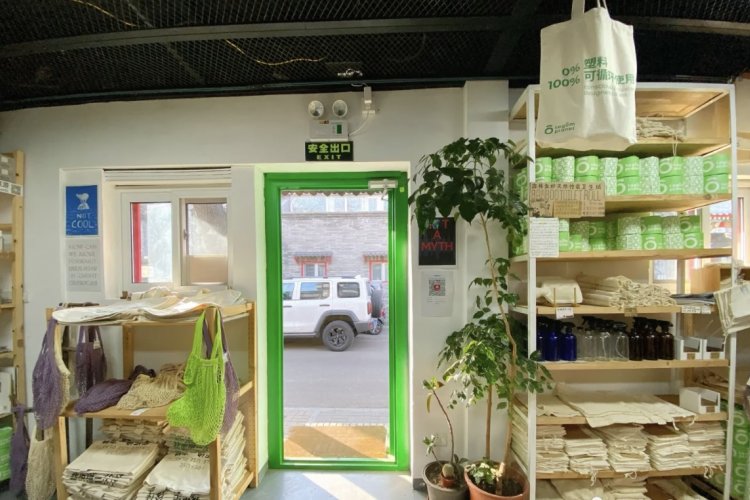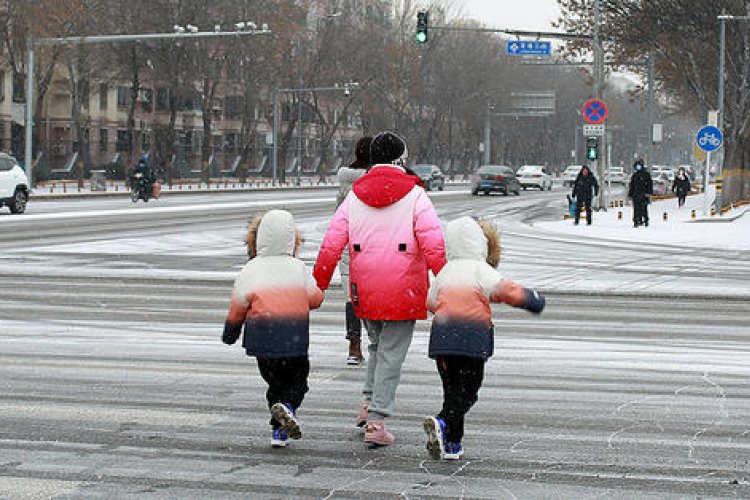A Week of Locavorism?
Is it possible to reduce your carbon footprint by eating only local food?
In 2005, a group of food activists coined the term “locavore” to describe the practice of eating only what’s grown nearby. The exact definition varies – some say the food must originate from within 100 miles of your home, others say within a day’s drive. The idea is that local food is fresher, and you support area farmers. “Eating locally and in season can dramatically reduce the fossil fuels associated with the food you eat,” says James MacKinnon, who chronicled a year of locavorism in The 100-Mile Diet.
“It’s always good to know who is really behind your food,” adds Yinghui Zhang-Carraro, a local writer who covers food and natural living on the Beijing Organic Consumers Association (BOCA) Yahoo group. Greenpeace lists local Beijing farms and organic shops on its website.
Almost as soon as the idea of eating locally gained traction, people began poking holes in it. For one thing, just looking at how far food has to travel doesn’t tell the whole story. Out-of-season produce might be kept in power-sucking storage or grown in greenhouses, for example. And organic foods get points because they don’t use conventional pesticides or fertilizers – both of which are energy-intensive to produce. One British study found that when adding up all of the energy involved with certain agricultural products, in-season New Zealand products required less energy to make it to the UK than some local items.
Still, metropolitan Beijing is surrounded by farms, so to see how feasible the idea is for Beijingers, I set out to spend a week as a locavore.
MONDAY
I wake up groggy. Can’t have coffee so I try something else: exercise. Things are already getting complicated: At Jenny Lou’s, Gordas corn chips are made locally, but include ingredients from farther away. At the deli counter, I find local cheese.
For dinner, a veggie omelet made with DQY Ecological eggs. The Beijing farm is powered by chicken poop that is converted into biogas!
TUESDAY
For breakfast, Herun yogurt and a peach grown in Beijing’s western suburbs. Both are local – but non-organic and therefore energy-intensive to produce, negating the close-to-home savings.
At a vegetable stand, I learn that while the big tomatoes are grown in Beijing, the small ones come from the south of China.
WEDNESDAY
Still no coffee! I have a bagel from the shop inside Mrs. Shanen’s restaurant; it’s spread with peanut butter freshly ground from nuts grown on Green Cow Farm, their organic farm that supplies their restaurant.
A friend invites me to lunch, but I have to decline. Eating locally is killing my social life, so I do some research. Invito, Brasserie Flo, and The Orchard all use local ingredients.
The fresh produce in my diet is great, but my craving for meat is getting out of control. Luckily, Carrefour’s Quality Line pork is from Beijing, and also hormone-free.
THURSDAY
My Beyond Organic delivery arrives – fresh pumpkin, spinach, and cucumbers, but it’s not cheap. Local Buddhist farm De Run Wu also has a delivery service.
FRIDAY
I meet a friend for lunch at Green T. House. Green tea pesto, arugula salad with cherries, and sea bass with homemade chilli paste, all made with some local ingredients.
That night, I go to D-22, where I wait until the stroke of midnight before ordering my first drink. It gives me time for sober reflection: Eating all local isn’t that realistic – or even necessarily advisable, unless you can stomach cabbage all winter.
Still, you can make conscious choices about what you eat, like buying things from a local dairy or dining at restaurants that work with Beijing farmers.






